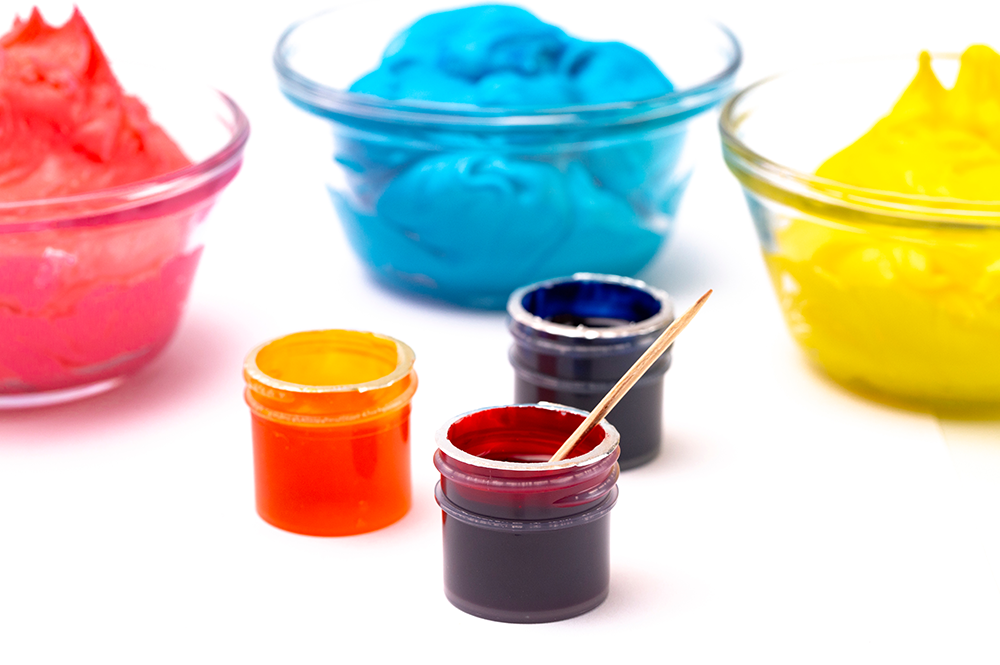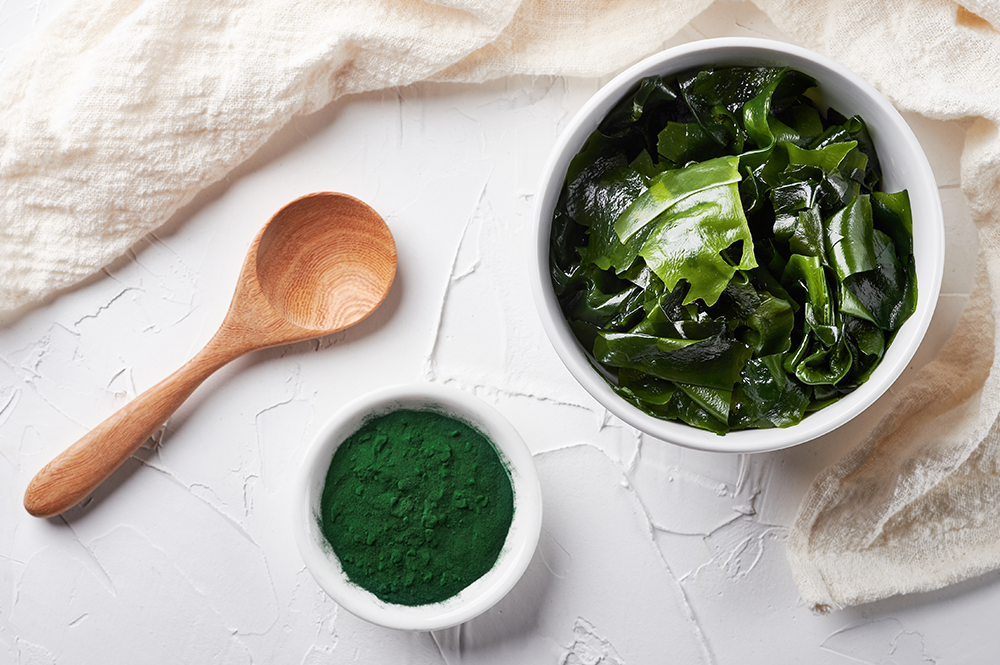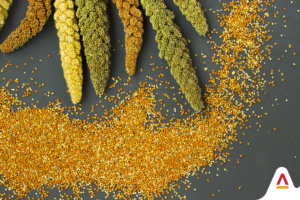For many Indians, childhood memories include soft puffs of bright pink clouds. The melt-in-your-mouth treat, otherwise known as ‘panju mittai’ (cotton candy) in Tamil or ‘buddhi-ka-baal’ (old woman’s hair) in Hindi, was also a staple at fairs and amusement parks as well as private ceremonies and public functions.
Recently, however, this fond memory came to a crashing halt. Two south Indian states – Karnataka, Tamil Nadu and the union territory of Puducherry banned this crowd favourite because many samples showed the presence of an industrial dye called Rhodamine-B. It is widely used in cosmetics, inks and textiles. Andhra Pradesh has also been collecting and testing samples to determine how widely this harmful substance is used in their foods. Karnataka has also banned another popular dish, gobi manchurian. Not only have they tested positive for Rhodamine-B, but they also have samples that contain Sunset Yellow and Tartrazine, which are linked to serious health issues.
Rhodamine-B has not just been found in cotton candy, according to one Pune-based study published in 2022. It has also been detected in chilli powder, tomato sauce, and Szechuan sauce, served in local food joints. One of the main reasons local eateries and small shops have incorporated artificial colouring into their products is because of the cost-effectiveness. The clean and organic alternatives tend to move towards the more expensive side of the pricing spectrum.

Why Artificial Food Colouring is Risky
Since the 1950s, food colouring has been largely incorporated into mass-manufactured foods to enhance their visual appeal. These same decades have seen a substantial rise in diseases, from food allergies and hyperactivity in children to neurological problems and even cancer, just to name a few side effects. Food research has been pointing towards artificial food colouring as one of the major causes of such reactions.
As featured in Symega’s recent blog, Red No. 3 has been the centre of food manufacturers’ discussion, as the California Food Safety Act was officially passed on 7th October last year by Gavin Newsom, the Governor of California. This made California the first state in the US to prevent the manufacture, sale, or distribution of all food products that contained Red Dye No. 3. This ban will take effect from 2027.
Ironically, even after Red No. 3 was found to be carcinogenic in animals in the 1980s and banned from being used in cosmetics, it was still widely used in foods, medicines and supplements for its colouring properties until the recent ban. Red 40, Yellow 5, and Yellow 6 are some artificial colouring agents that have come under scrutiny for this reason.
Proactive measures on the part of government health departments could be saving lives in the long run. These mandated changes have also heavily influenced a shift in the natural food markets towards a clean direction.

Uncovering Natural Food Colouring Agents
Owing to the food colouring-based revelations in the past decade, customers have begun to actively look for “all-natural”, “GMO-free”, and “no-preservatives” tags on labels to be reassured of their choice in product purchases. In response to this shift in customer demand, more food manufacturers globally are turning to nature to find substitutes that do not compromise on the quality of the hue and yet retain the clean standard for safe consumption. Manufacturers have been turning to vegetables, fruits and plant extracts to create vibrant natural food colours that meet the clean label standards.
According to a study on the Natural Food Colour Market Size and Trend, the projected growth rate (CAGR) of the natural food colour market is 8.3% from 2023 to 2030. Another interesting finding in this study was that although Europe holds the largest market share in the Natural Food Colours segment, with 32.7%, Asia is the fastest-growing market, with its increasing demand for all-natural food options.
These numbers reveal a targeted change in the customers’ and food manufacturers’ priorities towards healthy and wholesome foods that are clear of harmful, artificial substances.

Why Natural Edible Colours are Resurging
Health and well-being are acknowledged as one of the most precious resources available to man. This has shifted the choices the average consumer makes when adding products to their shopping cart, online and offline. More product labels are being closely scrutinised before making a purchase, thanks to growing literacy around what ingredients food manufacturers use to create their products.
So why is natural food colouring an infinitely better option in edible foods?
- Consumers eat with their eyes before a morsel touches their mouths, and the visual senses instinctively identify what’s natural versus what’s artificial.
- Long-term health benefits far outweigh the commercial incentives that food manufacturers may derive from using artificial food colouring.
- Mining natural resources to produce natural food colours has an added environmental advantage in that it promotes the conscientious planning and cultivation of plants that bring us these vibrant hues.
In conclusion, when promoting clean and natural food consumption, consumers, manufacturers, and governments are shifting the focus on wholesome and organic options where natural food colouring is concerned. The benefits of these incremental decisions will stack up in the long run.



